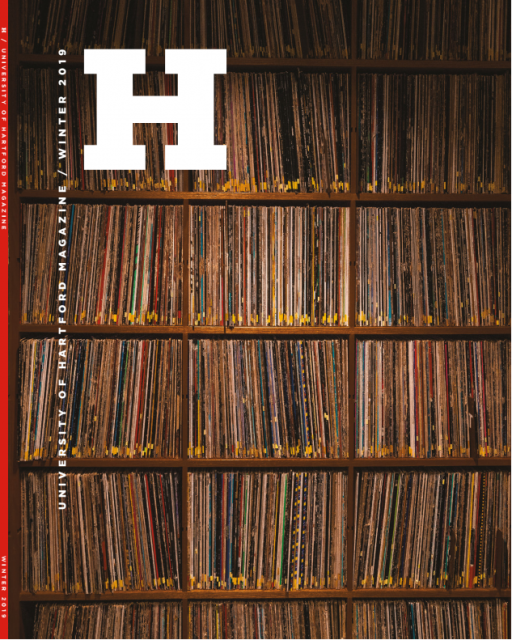Search
When the University of Hartford was incorporated just over 50 years ago by business and community leaders, they envisioned a center of education and culture for Greater Hartford. Read more...
Persons with disabilities who wish to access the WWUH Public File may contact John Ramsey at: ramsey@hartford.edu
Sunday Afternoon at the Opera - Bach: St. Matthew Passion
Sunday Afternoon at the Opera host Keith Brown writes:
In writing his notes for the Bridge release of the Sacred Songs of James Primosch, composer John Harbison surveys the history of sacred music. Harbison observes, "Bach was one of the last composers to write sacred music with confidence that it represented majority opinion. The Matthew Passion breathes that confidence, in and out. But while Bach was still alive, a secular culture was rendering his aesthetic obsolete." Even now in the twenty first century, whether they are traditional Christian believers or not, people throughout the world continue to venerate this monument of sacred music.
Again and again at Eastertide I have broadcast historically informed recordings of J. S. Bach's St. Matthew Passion. The latest one will be the 2013 Harmonia Mundi release with baroque specialist René Jacobs directing the period instrument players of the Akademie fur Alte Musik Berlin and the RIAS Kammerchor of Radio Berlin. Jacobs has a reputation for making eighteenth century music sound refreshingly new. His recordings of the Mozart operas for Harmonia Mundi have won praise for what they reveal in Mozart's original scores. Equally revelatory is his take on Bach's masterwork.
It was intended for the specific performance circumstances at the Thomaskirche in Leipzig on Palm Sunday of 1736. What Bach's original scoring of the Matthew Passion calls for are two organs (in separate locations opposite each other inside the church), also two orchestras, two choirs and a divided cast of vocal soloists, all these performers grouped separately so as to create dramatic antiphonal effects. René Jacobs gives us the authentic antiphonal treatment of Bach's music. Thank God for stereophonic sound, which reveals for listeners today what that Palm Sunday performance in 1736 must actually have been like.




